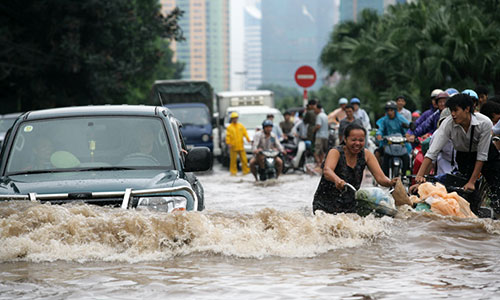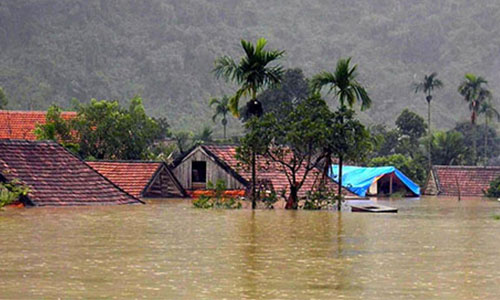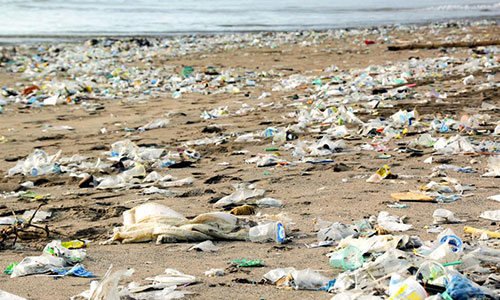Challenge
Vietnam is facing serious challenges from climate change, which affects its economy and society. Natural disasters such as droughts and saltwater intrusion have caused widespread damage to crop, water sources, health and livestock. These impacts have reduced the country's GDP and social development achievements. The situation has become a national emergency, with nearly 2 million people suffering from lost income and food insecurity. The country has asked for international assistance to cope with the crisis.
One of the areas that Vietnam needs support is how to develop innovative financing models and products to improve the resilience of their vulnerable coastal communities to climate change. These models and products could include insurance schemes, green bonds, climate funds, and public-private partnerships. They could help mobilize resources, reduce risks, and incentivize adaptation actions. Vietnam has already taken some steps in this direction, such as issuing its first green bond in 2018 and joining the InsuResilience Global Partnership in 2019. However, more efforts are needed to scale up these initiatives and overcome the barriers of limited capacity, data availability, and regulatory frameworks.
Strategy
To cope with these climate change challenges, Vietnam must adopt effective risk management strategies to reduce the impacts and losses of such events. One of the tools that can help them is insurance, which can provide financial protection and compensation for the affected sectors and populations. Our specialized risk management expert analyzed how to design and implement insurance schemes that suit the stakeholders' needs and preferences in Viet Nam. The expert compared two approaches: ex-post, which means waiting until a disaster happens and responding to it, and ex-ante, which means investing in disaster risk reduction measures before a disaster occurs. The expert evaluated the risks by looking at different factors, such as the frequency and intensity of hazards, the exposure and vulnerability of assets and people, the potential impacts and losses, and the level of risk acceptance. Based on this analysis, the expert proposed different insurance options, such as parametric insurance, which pays out based on a predefined trigger; microinsurance, which targets low-income households; agriculture insurance, which covers crops and livestock; and property disaster insurance, which covers buildings and infrastructure. Our insurance and risk expert developed the optimal level of risk coverage, the estimated premium, the risk appetite, and the post-disaster budget.
Transformation
The disaster risk strategy that our climate and disaster risk finance team created consists of three main components. First, we established the legal and regulatory framework for disaster insurance in the country. Second, we explored various insurance products that could cover different types of disasters and their impacts. Third, we considered the possibility of self-insurance by the Government, which would allow it to retain some of the risk and reduce its dependence on external sources of funding.
- In the coming decades Vietnam will be among the most affected countries by global climate change.
- Negative effects will include sea level rise, salinity intrusion and other hydrological problems like flood, river mouth evolution, sedimentation, as well as the increasing frequency of natural hazards such as cold waves, and storm surges.
Contact us for further information


